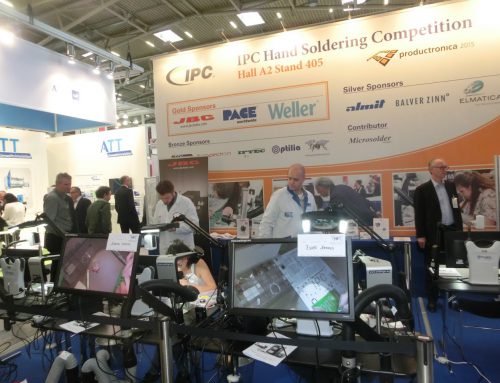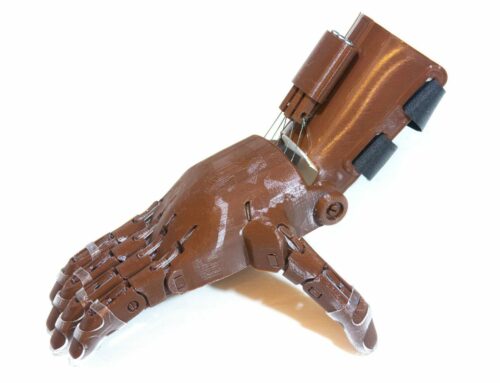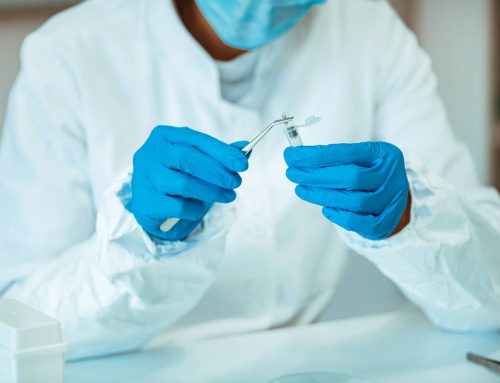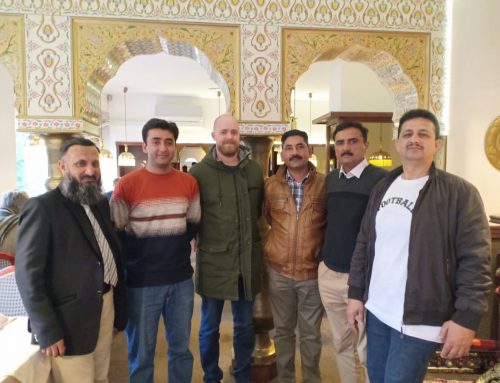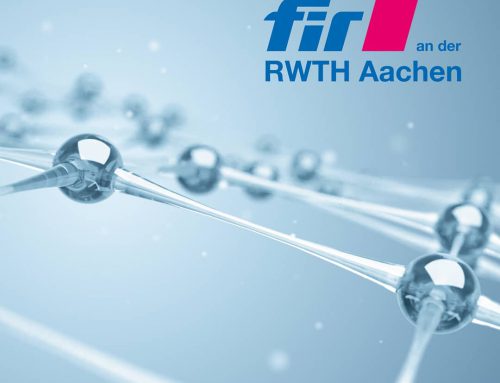Drs Bas Streukens has been working for the Maastricht University Medical Centre (MUMC+) for two years now. He is a non-invasive imaging cardiologist, working with heart ultrasound equipment, CT scanners and MRI scanners. PIEK interviewed him at length about his daily work, the impact of electronics on his work and profession, and the developments in imaging cardiology.
Bas Streukens belongs to a group of users of highly specialised equipment produced by the electronics industry. Without this equipment he could not possibly do his work. ‘I am blind without a computer,’ he says when talking about the tools of the trade. Ultrasound machines and CT and MRI scanners are the ‘eyes’ on which he depends for his images, on the basis of which he can set a diagnosis. First of all, this diagnosis allows for an intervention, i.e. the start of a certain treatment. Secondly, the imaging rendered can be used for monitoring purposes during the treatment.
What exactly is non-invasive imaging cardiology? Simply put, no surgery is necessary is to get photographs. Apart from the prick of a needle the human body is not invaded to get a picture of the situation on the inside. Everything happens from the outside, and this is why the research method is hardly stressful to the body.
To answer the question what impact the electronics industry has on the medical world in general and cardiology in particular, we have to dig further back into history. In the old days an artery could only be inspected by the following methods: either by inserting a catheter via the patient’s groin or by making X-rays. Inserting a catheter can lead to complications. Making the heart visible by X-rays is only a two-dimensional process, so its use is limited.
By now ultrasound, CT and MRI have become daily routines, allowing for the most accurate diagnoses and offering a first-rate checking mechanism. Ultrasound produced 3D images, which Bas Steukens refers to as his workhorse. It enables him to set a diagnosis in a very patient-friendly way, as there is no radiation involved. On top of that, the method is relatively inexpensive. Bas Streukens’main specialisation is the mitral valves. In order to set these correctly and check their operations well ultrasound is used in the oesophagus as a monitoring device.
CT and MRI scanners are the other two tools for the imaging cardiologist. In CT research the patient first gets a contrast fluid injection. Then the organs, blood vessels, etc. are made visible with X-rays. CTs too have made tremendous progress over the years. The equipment has become much faster, less contrast fluid is needed and the image has significantly improved. MRIs are in fact very strong magnets, with a power 30,000 times stronger than the magnetism of the earth. MRIs were only invented in the 1970s and today they are a staple making 3D pictures, without the need for radiation or contrast fluids.
PIEK was also curious about the need for technical education among imaging cardiologists these days. Explains Bas Streukens: ‘Our study programme already includes the basic technical knowhow about various machines. The real hands-on work is done during the specialisation phase, and as in any job, practice makes perfect. The machines are used on a daily basis under the watchful eyes of experienced colleagues, who know the technology inside and out.
Other themes that PIEK was interested in were life-long learning and safety. Just like staff in the electronics industry imaging cardiologists have to be certified or recertified. For working with an MRI scanner there are European guidelines set by the European Society of Cardiology (ESC). Cardiologists have to pass a theoretical and a practical exam to get certified. Subsequently, they have to get recertified every five years, and regular follow-on courses for working with ultrasound, CT and MRI are required by law. These also include safety aspects..
Finally, PIEK also wanted to know what trends and developments would determine the future of imaging cardiologists. Bas Streukens emphasizes the importance of electronics once more: ‘Especially in imaging cardiology is seeing rapid technological developments, helping doctors to set better diagnoses and perfect-fit treatments. As to heart ultrasound 3D is a major issue. The latest equipment is able to photographs moving organs faster and the resolutions is improving too, which means that diagnosing is becoming more accurate. The future of MRI will be 4D imaging. In 3D images you can already see how much blood goes through the coronary artery, and in 4D images the factor time is added. In practice this means that you can see how much blood goes through an artery in a certain time frame. This in turn influences the diagnosis and the check on the treatment. Especially in my specialisation, placing mitral valves, this has great advantages.’
Another phenomenon that we are watching with great interest is ‘hybrid imaging.’ This technology fuses two different imaging modalities: MRI/PET scans or CT/PET scans. In layman’s language this means that with CT/PET equipment X-ray photographs are combined with anatomical photographs. To this end new equipment was developed, blending CT and PET scans into one scanning machine. Another exciting development for cardiologists is robot surgery in combination with virtual reality and 3D printing.
How will all this influence the cost factor and the use and reuse of equipment? Drs Streukens explains: ‘We have drawn up a schedule in which a machine is used seven days a week throughout the year. This maximises the use of the machine, which is important, because the purchasing costs are easily a few million euros. Apart from this, there are regularly additional costs, e.g. related to software updates. Obviously, after write-off new equipment has to be bought and the outdated equipment is usually sold to countries where medical care is below our Western standards.’
PIEK ends the interview with a sincere thank you to Drs. Streukens.


